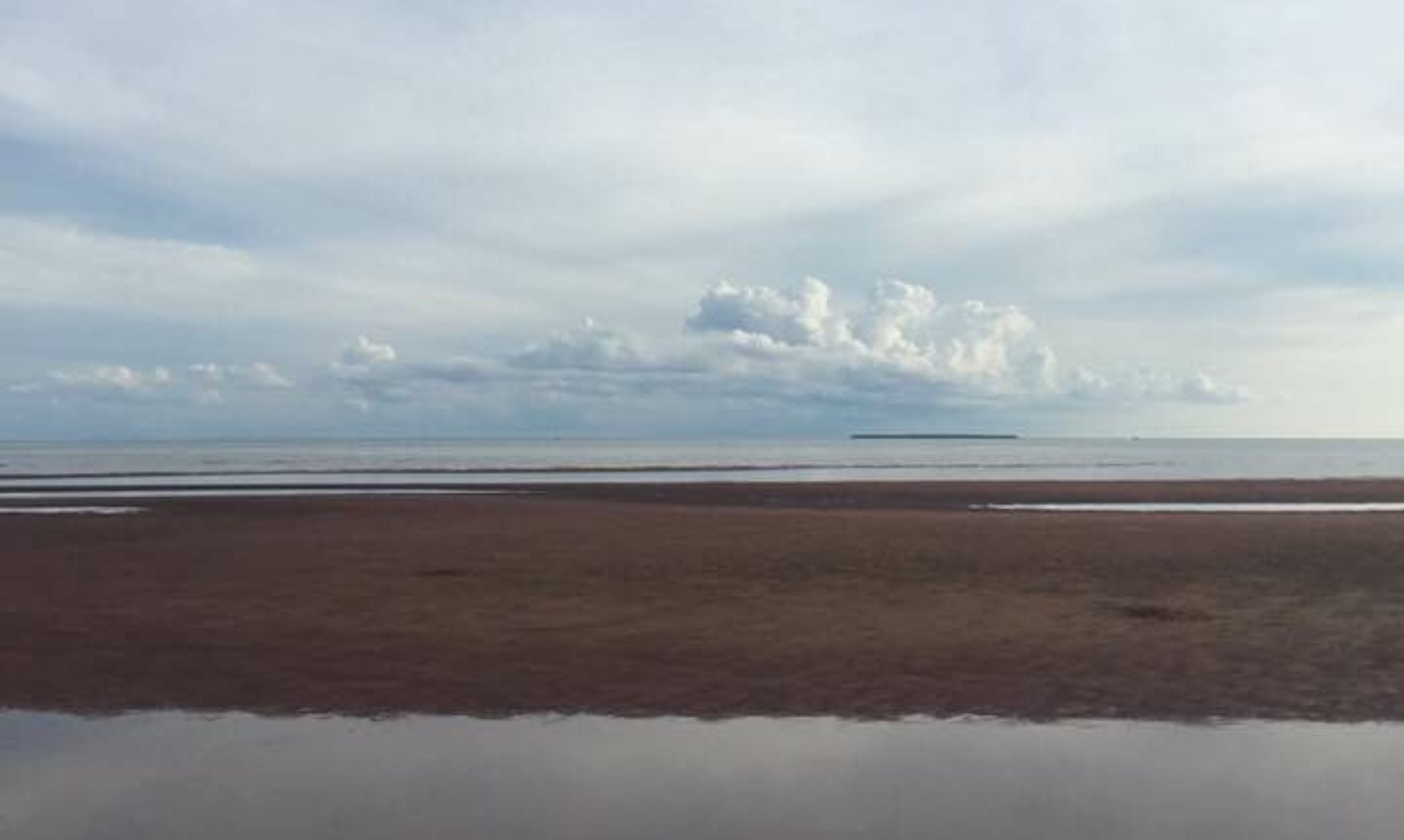This past year, with the lockdown and an almost complete end of live performance, I have had lots of time to feel nostalgic for my past days and nights spent enjoying the Toronto music scene.
One of the best places to hear live music in Toronto was at the now-defunct Melody Ranch, a weekly event held for over 20 years mostly at the Brunswick House in the Annex.
On Saturday afternoons, you would trip into the dark and dingy bar and be treated to some of Toronto’s best musicians.
The Brunswick House, better known as The Brunny, was an infamous institution in its own right. It had a long history (it was one of the oldest bars in the city) but was best known as a rowdy university bar. On a Saturday afternoon, you could see the grime about the place. The bathrooms were especially unpleasant to navigate. But it certainly had character.
Melody Ranch was always a cheerful way to spend a Saturday. The place was always packed with tables of loyal fans. I call the event Melody Ranch, but that was actually the name of the band. The group was fronted and hosted by an effervescent Mary de Keyzer, who has been described as Toronto’s “Queen of Country Blues” and included a talented collection of musicians with some stellar Canadian musical pedigree (I can’t find much information about who was in the band, but think it included Chris Whitely on pedal steel, Conrad Kipling on mandolin, Dave Tufford on guitar, maybe Steve Briggs on guitar?) Mary led the first half of the show, singing and bantering with the audience and bar staff.
It was the second half when things got fun, when the stage opened up for guests. It was always interesting to see who would show up to perform. And it was always amazing how the band was able to adapt to whoever arrived on stage.
The guests varied from week to week, but there were quite a few people who showed up to perform on a regular basis, including the late great Jeff Healey. And there were countless spine-tingling moments of music making. I remember a woman named Helen Stewart, renowned for her covers of Patsy Cline, who sang a rendition of Tammy Wynette’s “Almost Persuaded” that made me cry on more than one occasion.
It was at Melody Ranch that I first heard Terra Hazelton. The honey-voiced Hazelton made her first appearance one blustery November afternoon, and I do believe there was an enormous intake of breath in the room. Jeff Healey heard Hazleton that day too, and invited her to tour with his group the Jazz Wizards. Hazelton went on to have a successful singing (and acting) career.
I have tried to find more information about who played at Melody Ranch. There isn’t much information out there. The Brunswick changed ownership in the mid-2000s and was renovated into a shiny sports bar. Melody Ranch moved to the upstairs at the Hard Rock Cafe at Dundas Square, but its glory days were over and it soon ended. (The Brunswick’s days were soon over too, it got sold to a developer in 2016 and is now a brightly lit pharmacy.) I don’t know if there is anything like Melody Ranch that happened since anywhere else in the city, there certainly isn’t anything that could be happening now. But it sure was fun while it lasted.










